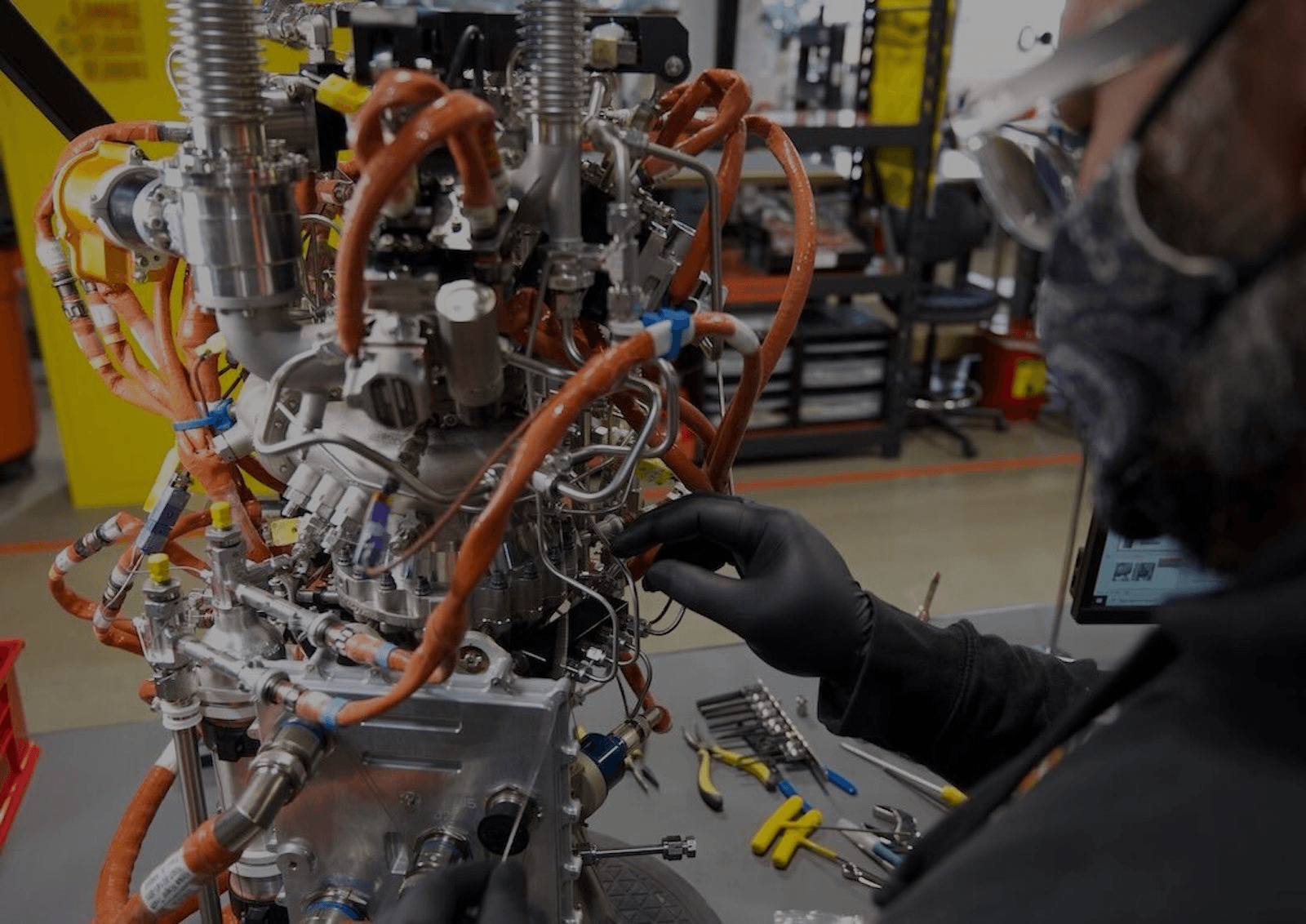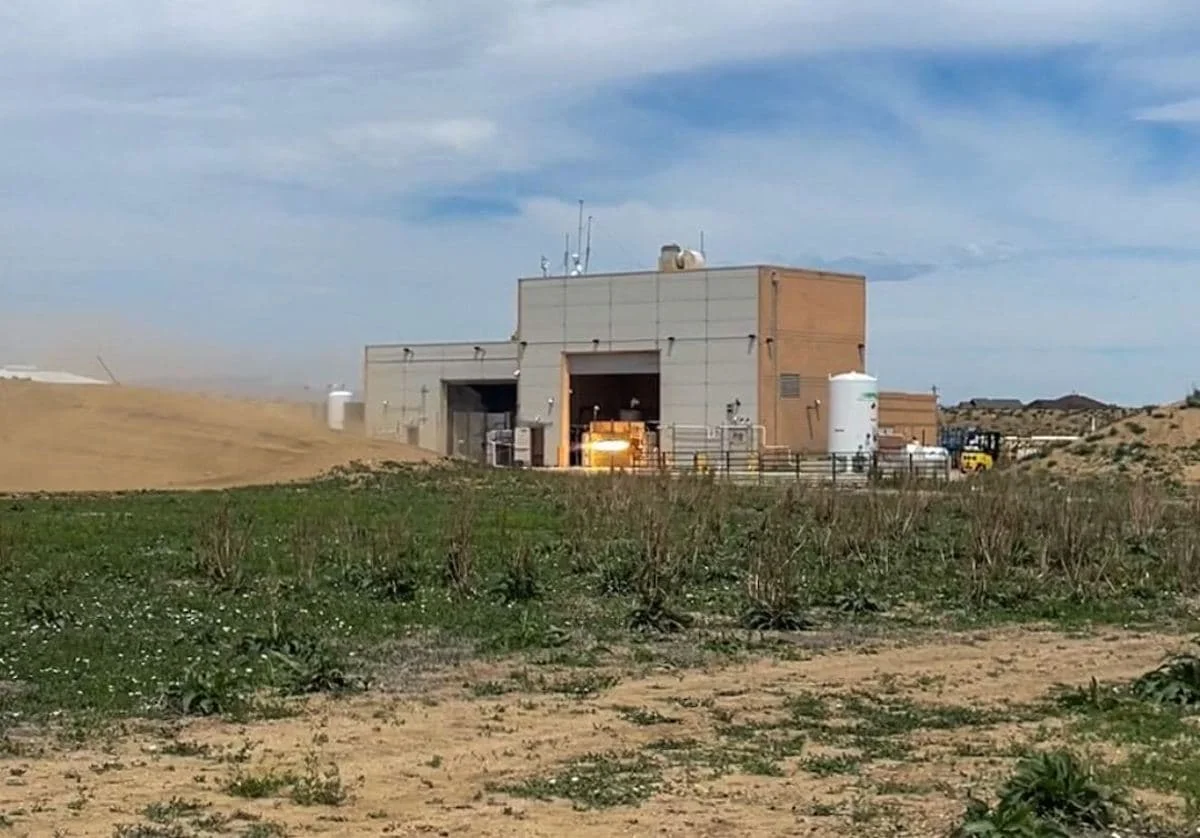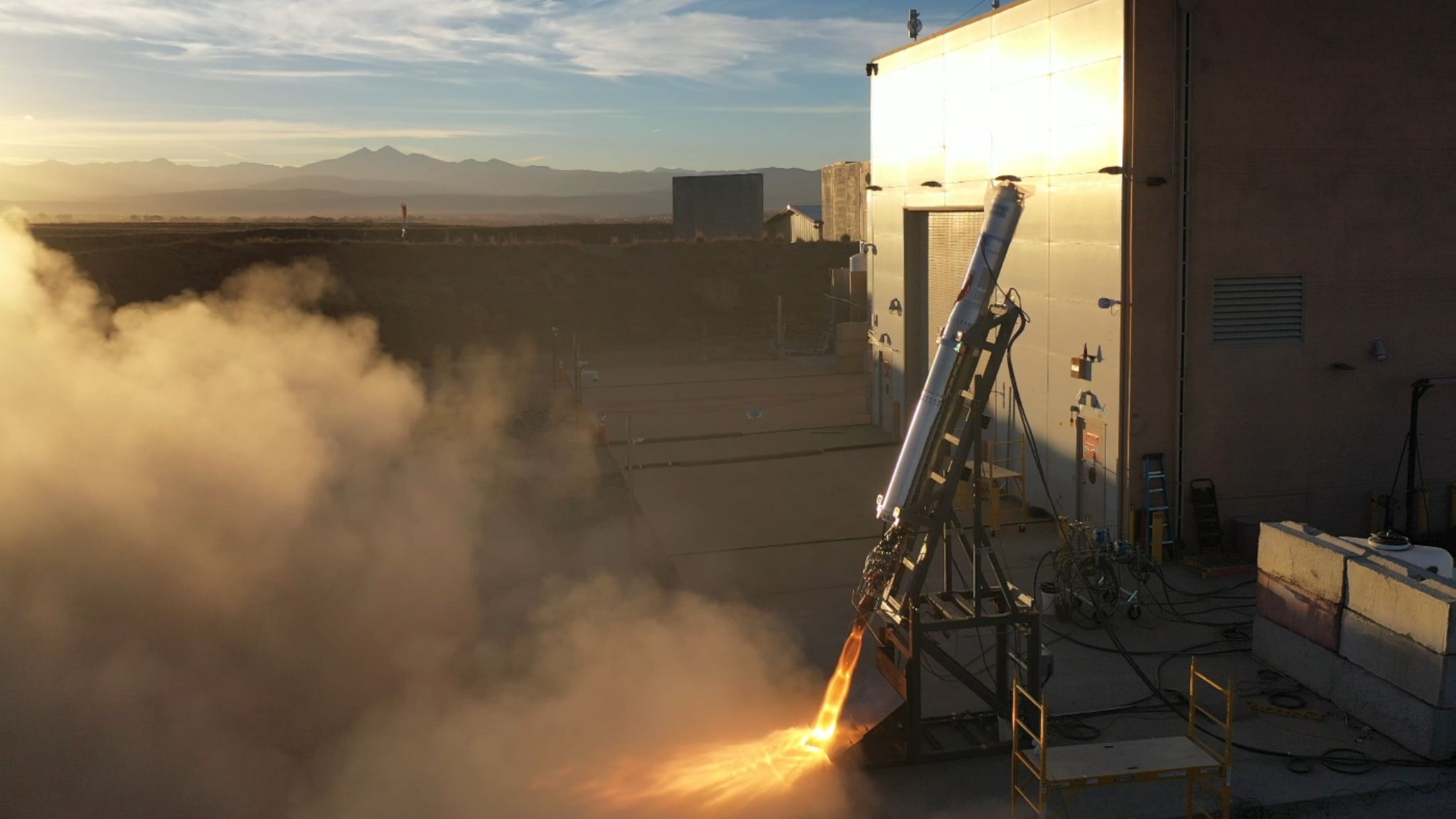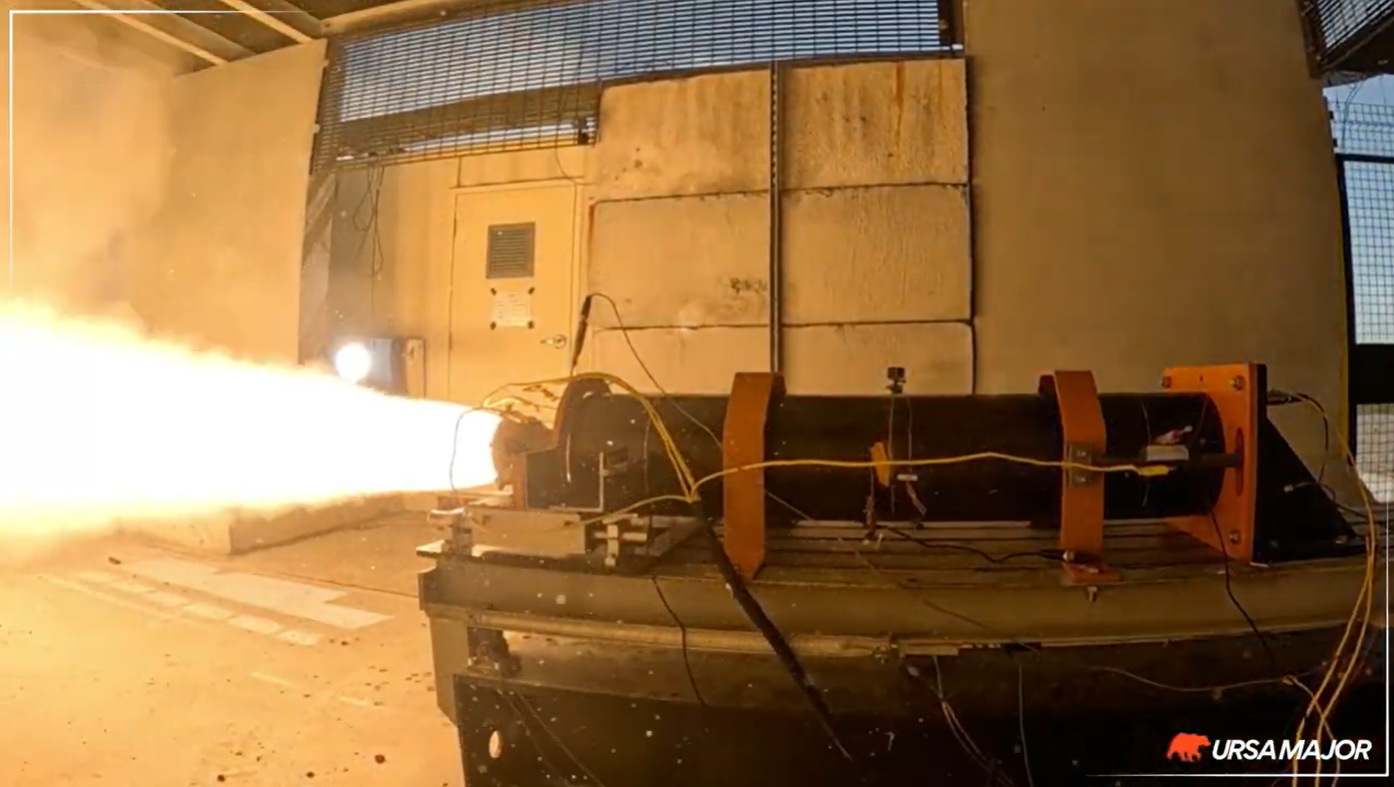
More American Satellites in Space: Ursa Major Awarded U.S. Air Force Contract to Develop Flight-Ready Rocket Engine for Launch in 2022
The 5,000-Pound Thrust Oxygen-Rich Staged Combustion “Hadley” Engine Will Launch Satellites into Low Earth Orbit

It’s official! Ursa Major will develop a “Hadley” rocket engine for the U.S. Air Force as part of a new contract through the agency’s Tactical Funding Increase (TACFI) program. TACFI is a program designed to help small and mid-sized companies develop technology and products for government use. These funds often help early-stage companies survive the so-called “Valley of Death,” which refers to the gap between the research and development phase of a project and full-scale acquisition. Ursa Major is well-funded with early revenue, but we’re still thrilled to be partnering with the U.S. government.
Under the agreement, Ursa Major will provide a flight-qualified 5,000-pound thrust, oxygen-rich staged combustion Hadley rocket engine, suited for both the booster and upper-stage phases of launch for satellites into low-earth orbit.

The most desirable architecture
While more challenging to engineer than other systems, oxygen-rich staged combustion (ORSC) is more efficient for better engine performance and is the architecture preferred by the world’s advanced space programs. This effort continues to build upon past investments into ORSC technology by the Air Force Research Laboratory (AFRL) to provide for ORSC systems to the nation.
“We are proud of the Air Force’s continued support and recognition of Ursa Major’s leadership in developing reliable, high-performing, American-made rocket propulsion,” said Ursa Major founder and CEO Joe Laurienti. “Choosing Ursa Major and the Hadley engine means more U.S. satellites in space, which is more important than ever for our national security and global technical leadership.”
With the most flexibility
Hadley was developed by Ursa Major’s team of world-class propulsion experts, who have more than 1,000 combined years of collective engine development experience on numerous successful launches and engine programs. Like all of our engines, Hadley delivers high performance, flexibility, and reliability at a significantly lower cost by using advanced manufacturing (3D printing) and a technology-first, market-driven design approach.
Hadley features active throttle, active thrust vector control, and a configurable fuel mixture ratio. It is qualified for operation in flight at various power levels and capable of continuously throttling from minimum to nominal flight power level. We have already delivered numerous Hadley engines to customers from our uniquely integrated 90-acre Colorado facility, which houses our engineering, manufacturing, and testing functions on a single property.
“We selected Ursa Major and its Hadley rocket engine based on the company’s experienced technical and leadership teams and the engine’s proven performance,” said Shawn Phillips, Chief of the AFRL Rocket Propulsion Division (aka The AFRL Rocket Lab). “This partnership is one example of how the federal government is furthering its research and development progress by engaging with our country’s promising entrepreneurs and innovators.”
More runtime than any other engine
As part of the AFRL contract deliverables, Ursa Major will also be providing the Air Force Research Lab with statistically significant data sets from extensive testing of multiple Hadley engines, including measurements of specific impulse, or ISP, combustion stability, vibration and shock profiles, and range of inlet pressures and temperatures.
Hadley will be qualified using similar metrics according to an internal test plan based on industry guidelines and best practices, focusing on engine life, operating space, functional requirements, and performance. The qualification test campaign under this effort will include runtime at and beyond the extremes of the power level and mixture ratio targets, demonstrating that Hadley operates safely and reliably within the power level and mixture ratio required for missions of DOD interest.
A secure supply chain
Reliable rocket propulsion is critical to maintaining the space supply chain and growing the space industry. Our flexible rocket engines can be used for various DoD and non-DoD missions, from air launch to hypersonic flight and on-orbit missions. Our customers get to launch faster and without the development cost of building engines in-house. Our team has built and tested more than 50 staged-combustion rocket engines and plans to deliver 30 to customers by year-end. In total, Ursa Major engines have accumulated more than 5036,000 seconds of runtime.
Stay up to date on Ursa Major announcements by connecting with us on LinkedIn, Twitter, and Instagram.




